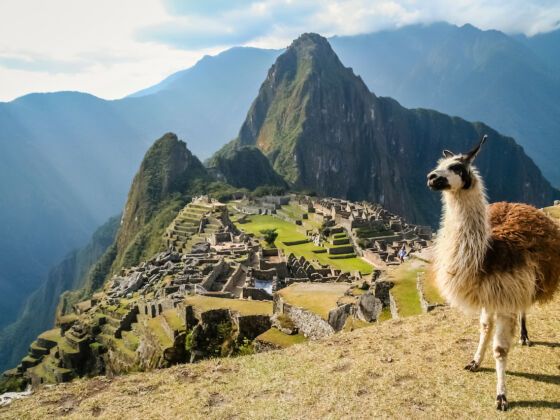Book the trip last minute like an asshole
Nothing says commitment for undertaking a trek in the Western Hemisphere’s largest mountain range like booking it days in advance in a quick splurge of drunken enthusiasm. While living and studying in Buenos Aires, my friend and I had long decided we’d spend Spring Break trekking to Machu Picchu in April. It would have made ample sense to plan and book the trip ahead of time. Even just a little ahead of time. Say, more than a week’s worth ahead of time. Turns out, the world-famous, much-coveted four-day Inca Trail books up months, even as much as a year, in advance.
We didn’t let that stand in the way of making a series of easily avoided mistakes.
Instead, we simply searched for what could be called the second-best trek, slapped down about six weeks worth of drinking money (but hey, we were already drunk, who needed it?), and carried on with the binge lifestyle that characterized much of our time abroad thus far.
